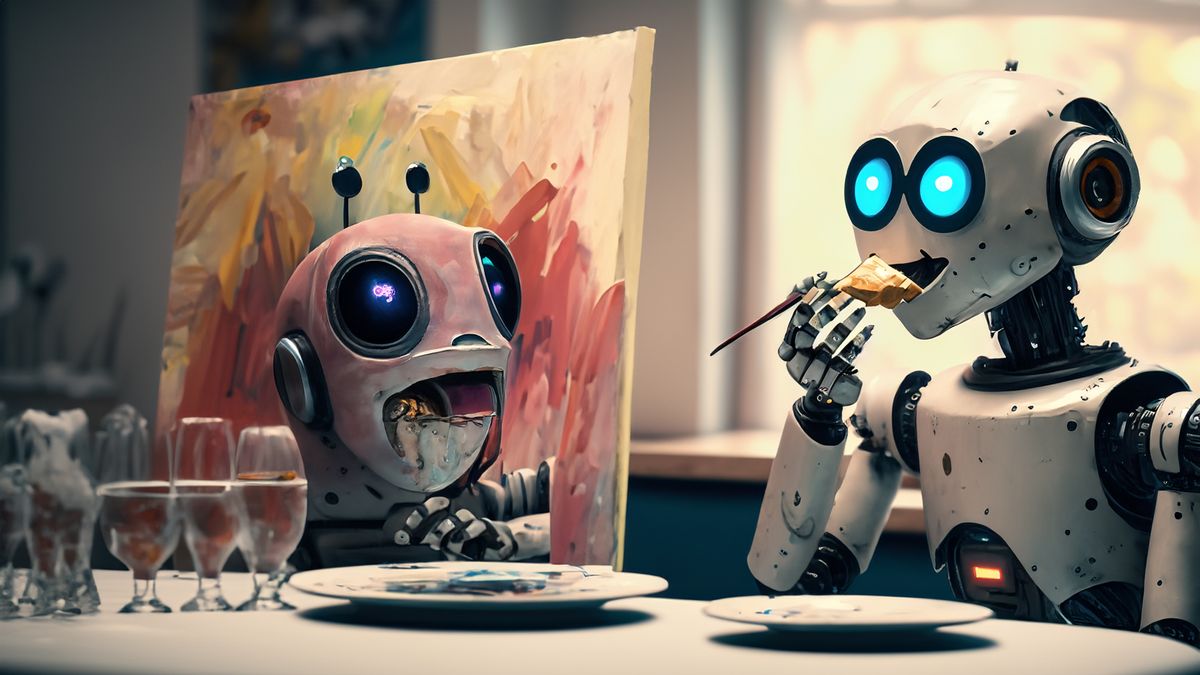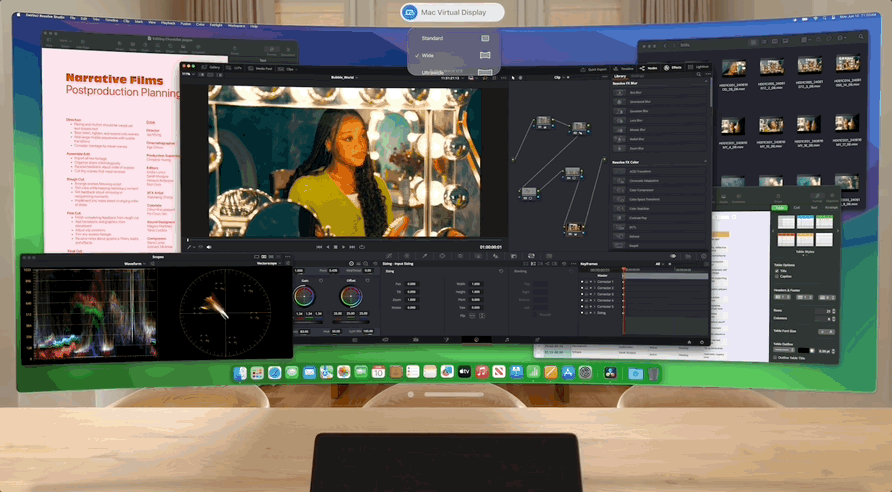Isn’t it funny that many of the best AI chatbots and content generators are now built on subscription models?
Actually, it’s not funny at all. The majority of these systems were training on content created by others, and most will still use internet searches of fresh content to power their generative responses, all while eventually charging us for those responses.
The good news is that bit by bit, major AI companies like OpenAI are brokering deals with media companies. That addresses some of the content-scraping and training concerns that exist between AI companies and media outlets. However, the AI landscape is still the wild west, and the picture is far muddier for visual artists.
Every time a new system like Ideaogram arrives, it’s clear that the company behind it has no issue reusing intellectual property; and, as far as I can tell, they’re not paying the owners of Superman, Mickey Mouse, and countless other popular characters a dime.
Inevitably, some of what they produce looks, sounds, or reads like their training material.
Don’t even get me started on YouTube creators. There are reports that Apple, Nvidia, and Anthopic trained their AIs on thousands of their videos. Having for a short period been a YouTube creator, I know how much creators depend on video plays (and the ad units that play on them) for their livelihoods.
I’m not claiming that generative AI systems are taking pieces of art and information and regurgitating them untouched as their own. These systems use their training to inform their work, to know which word should come next, and what paint stroke, line, or visual style might be most appealing and make sense in the context of the prompt. Inevitably, though, some of what they produce looks, sounds, or reads like their training material, and that end product would be nothing without everything the AI models were trained on.
The cost of AI
It’s expensive and time-consuming to build quality, generative AIs, and to train the large language models behind them. According to a new Washington Post report, it’s taken Amazon a year to train its massive Alexa AI update. The costs of those efforts will likely be passed along to us.
Unlike most of the chatbots, and image and video generators that launched over the last few years, Alexa AI may launch with a subscription plan in place. It’s not clear if existing Prime Members will get it or at least some form of Alexa AI for free. I pay almost $140 a year for Amazon Prime and I still think it’s a good value. That said, I would expect to get Alexa AI as part of that subscription package. If I don’t, I won’t pay another $10 a month for access to this smarter assistant, and at least I’ll still have the Alexa I’ve known and used for more than a decade.
AI had the briefest honeymoon of free-for-all but that’s changing quickly and the future of AI access is clearly pay-to-play.
Even companies that aren’t charging for AI access now will likely do so in the future. Samsung isn’t charging for Galaxy AI, but when we asked company execs about the possibility of charging in the future, they would only say that it would remain free through the end of 2025.
There are also reports that Apple might charge for some parts of Apple Intelligence. It’s only rolling out small elements of its AI platform next month and into 2025 but considering how many billions Apple makes each year on services, it stands to reason that Apple would like to add AI to its services roster and reap even a small monthly harvest of AI services fees.
A lesson well learned
In some ways, I applaud the AI industry for understanding something that, in the early years of the internet, the established print media didn’t until it was almost too late: you can’t simply give away something for free that stood as the economic foundation of your businesses for decades.
When the Internet arrived, it was regarded as a totally open and ad-free place. Eventually, ads appeared along with the content of almost every media brand on the planet. No one charged a dime because ad views more than made up for lost subscription revenue. Until it didn’t. Display ads became white noise and the media companies watched profits plummet. Eventually, brands started erecting paywalls and found other forms of revenue like e-commerce.
AI had the briefest honeymoon of being free for-all, but that’s changing quickly, and the future of AI access is clearly pay-to-play.
For all its foibles, the beauty of the early internet was its broad availability. If you had a computer or could get access to one and were online, you were on the internet. Yes, initially there was a digital divide between the haves and have nots, but because of the low barrier to entry it was inevitable that eventually the majority of people would have access.
The path for AI access will clearly be different. With the biggest tech companies in the world all deeply involved with developing their own AI, and many considering tiered access to the highest-quality and most useful AI (longer videos, full content writes, more powerful productivity tools), the landscape of future AI may permanently be one of haves and have nots.
Unlike the internet, though, AI’s foundation is still the information and content created by others, most of whom will remain unpaid. It’s an imbalance that I fear will remain until all the AI and model makers figure out how to pay everyone for their assistance in building this AI revolution.





